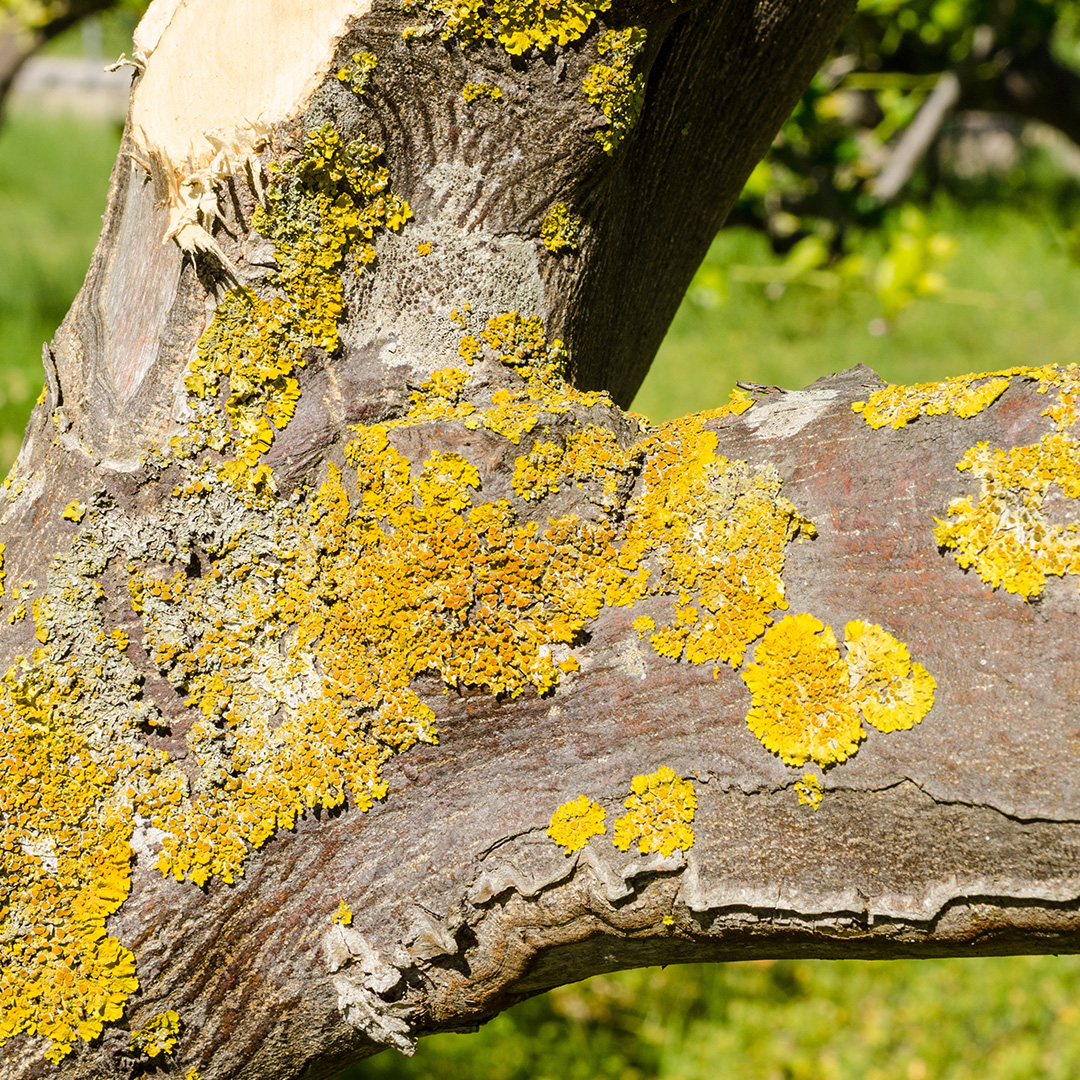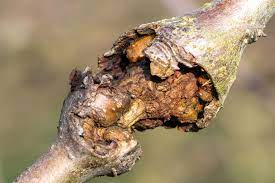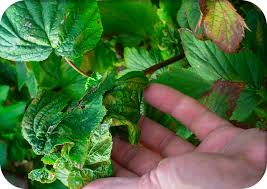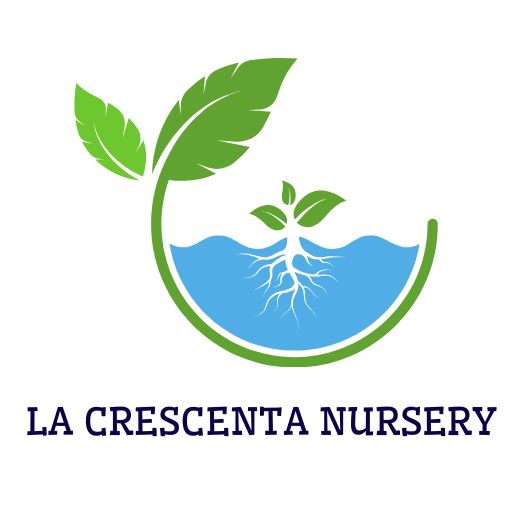Tree diseases can significantly impact the health, longevity, and aesthetics of trees, as well as the ecosystems and landscapes they inhabit. A deep understanding of the types of tree diseases, their symptoms, prevention methods, and treatment options is crucial for maintaining healthy trees and ensuring the well-being of the environment. This comprehensive guide will explore the various types of tree diseases, how to identify them, effective prevention strategies, treatment options, and case studies of common diseases.
Types of tree diseases

Tree diseases can be categorized based on their causes, primarily including pathogens such as fungi, bacteria, viruses, and environmental stressors. Understanding these categories helps in identifying and managing tree diseases effectively.
Fungal diseases
Fungi are among the most prevalent causes of tree diseases, infecting trees through wounds, roots, or leaves. Fungal diseases can cause extensive damage and, if not managed, can lead to the death of the tree.
- Examples:
- Armillaria root rot: Caused by the Armillaria fungus, this disease leads to root decay and can eventually kill the tree. Symptoms include yellowing leaves, stunted growth, and a black, shoe-string-like mycelium around the base of the tree.
- Powdery mildew: This fungal infection appears as a white powdery coating on leaves and stems, affecting the tree’s ability to photosynthesize. It thrives in warm, dry conditions and can weaken the tree over time.
- Leaf spot diseases: Various fungi can cause leaf spots characterized by dark, circular lesions. These spots can lead to premature leaf drop and reduced photosynthesis.
Bacterial diseases
Bacterial infections can also lead to significant tree health issues, often causing wilting, leaf spots, and other distress signals. These diseases can spread rapidly under favorable conditions.
- Examples:
- Bacterial canker: This disease affects a variety of trees, causing sunken areas on bark, dieback, and leaf drop. Symptoms often start as dark, water-soaked lesions on the bark and can lead to tree death if left untreated.
- Fire blight: Primarily affecting apple and pear trees, this bacterial infection causes wilting flowers and blackened branches, resembling a burn. It spreads quickly in warm, humid conditions.
- Crown gall: Caused by Agrobacterium tumefaciens, this disease leads to tumor-like galls on the roots and lower stems. Infected trees often exhibit stunted growth and reduced vigor.
Viral diseases
Viral infections are less common but can be devastating, leading to reduced growth and yield. Viruses can be spread through infected plant material, pests, or environmental factors.
- Examples:
- Apple mosaic virus: This virus causes mottled leaves and can reduce fruit yield, ultimately affecting the tree’s overall health.
- Cherry leaf roll virus: This virus leads to leaf curling and reduced vigor. Infected trees may show stunted growth and produce fewer fruits.
- Tobacco mosaic virus (tmv): Though primarily affecting herbaceous plants, TMV can occasionally infect trees, causing mottled leaves and overall decline.
Environmental diseases

These diseases are not caused by pathogens but rather by environmental stressors such as pollution, extreme weather, or poor soil conditions. While not classified as traditional diseases, they can significantly impact tree health.
- Examples:
- Frost damage: Late spring frosts can cause dieback and leaf scorch, particularly in tender young shoots and blossoms.
- Drought stress: Insufficient water can lead to wilting, leaf drop, and increased susceptibility to pests and diseases. Trees under stress may become more vulnerable to infections.
- Soil compaction: Poor soil structure due to compaction can hinder root growth and water absorption, leading to overall tree decline.
Symptoms of tree diseases
Early detection of tree diseases is crucial for effective management. Recognizing common symptoms associated with tree diseases can help in taking prompt action.
Foliage symptoms
Foliage is often the first place to show signs of disease. Monitoring leaf health can provide early warnings.
- Yellowing leaves: Yellowing leaves can indicate nutrient deficiencies, root problems, or stress from disease. In some cases, this may be a sign of overwatering or poor drainage.
- Leaf spots: Dark spots or lesions can signal fungal or bacterial infections. These spots may vary in size and color, depending on the pathogen involved.
- Wilting leaves: Wilting leaves may indicate water stress, whether from drought conditions or root rot. If the roots are damaged, the tree cannot uptake sufficient water.
- Curls or deformations: Leaves that curl or develop abnormal shapes are often associated with viral infections or insect damage.
Bark symptoms
The bark can also exhibit signs of disease, providing valuable clues about the health of the tree.
- Cankers: Sunken, dark areas on the bark may indicate bacterial or fungal infections. Cankers can disrupt the flow of nutrients and water, leading to dieback.
- Gumming: Oozing sap from the bark can be a sign of disease, such as bacterial canker or certain types of rot. Gumming often occurs as the tree attempts to seal off an infection.
- Peeling bark: Peeling or cracking bark may indicate environmental stress or fungal infection. It can also be a symptom of canker diseases.
Root symptoms
Roots are critical to the overall health of the tree, and observing root health can provide insights into tree conditions.
- Root rot: When excavating around the base of the tree, look for decay or mushy roots. Healthy roots should be firm and white; rotten roots will be dark and mushy.
- Poor growth: Trees that exhibit stunted growth or fail to leaf out properly may have underlying root problems. Root diseases can limit nutrient uptake, leading to overall decline.
Overall tree health
Monitoring the overall health of the tree can help identify potential issues early on.
- Early leaf drop: Premature leaf drop can be a sign of stress or disease. If a tree sheds leaves earlier than usual, it may indicate an underlying issue.
- Dieback: Gradual death of branches, starting from the tips, can indicate disease or environmental stress. Dieback may result from root issues or canopy diseases.
- Unusual growth patterns: Asymmetrical growth or multiple leaders can signal health issues, which may indicate problems with the tree’s structural integrity or health.
Prevention of tree diseases

Preventing tree diseases is often more effective and less costly than treating them. Here are several preventive measures that can be implemented to protect tree health.
Proper planting techniques
The foundation of a healthy tree begins with proper planting.
- Choose Healthy Stock: Select disease-resistant varieties when planting new trees. Researching local conditions and choosing appropriate species can enhance resilience.
- Plant in appropriate locations: Ensure trees are planted in locations that suit their light, water, and soil requirements. Trees that thrive in their environment are less susceptible to diseases.
- Proper Spacing: Provide adequate space between trees to improve air circulation and reduce humidity, which can encourage fungal growth. Proper spacing also minimizes competition for resources.
Regular maintenance
Ongoing care and maintenance are critical for preventing diseases.
- Watering: Ensure trees receive adequate water, especially during dry spells, but avoid overwatering to prevent root rot. Deep watering encourages strong root development.
- Mulching: Apply mulch around the base of trees to conserve moisture, regulate soil temperature, and suppress weeds. Organic mulches can improve soil quality as they break down.
- Fertilizing: Use soil tests to determine nutrient needs and apply fertilizers appropriately to avoid over-fertilization. Excessive fertilizer can lead to soft growth, making trees more vulnerable to diseases.
Monitoring and inspection
Regular monitoring is essential for early detection of diseases.
- Regular checks: Inspect trees regularly for early signs of disease or pests. Look for any changes in foliage, bark, or growth patterns. Keep an eye out for unusual symptoms or behaviors.
- Record keeping: Maintain a log of observations, treatments, and any changes in tree health. This can help identify recurring problems and track the effectiveness of management strategies.
Hygiene practices
Good hygiene practices can significantly reduce the spread of diseases.
- Sanitation: Clean tools after pruning or working with infected trees to prevent spreading pathogens. Disinfect tools using a solution of bleach and water or rubbing alcohol between uses.
- Debris removal: Regularly remove fallen leaves, fruits, and debris that can harbor diseases and pests. Dispose of infected materials properly to minimize the risk of spreading pathogens.
Treatment of tree diseases
When disease is detected, prompt action can help save affected trees. Here are some treatment options:

Cultural control
Cultural practices can mitigate disease spread and support tree health.
- Pruning: Remove infected branches to prevent the spread of disease. Ensure proper pruning techniques are used to avoid wounding healthy parts of the tree. Pruning during dry weather reduces the risk of introducing pathogens.
- Water management: Adjust watering practices to improve drainage if root rot is suspected. Consider installing drainage tiles or improving soil structure to promote healthy root growth.
Chemical control
Chemical treatments can be effective in managing tree diseases when used responsibly.
- Fungicides: For fungal infections, apply appropriate fungicides according to label instructions. Timing is crucial; applying during early infection stages is often more effective. Rotate fungicides to prevent resistance development.
- Bactericides: For bacterial diseases, use bactericides if applicable, following guidelines for application. Early application is key to reducing infection spread.
- Insecticides: If pests are contributing to the disease, treat with suitable insecticides to control their populations. Use targeted applications to minimize harm to beneficial insects.
Biological control
Biological methods can be effective and environmentally friendly.
- Beneficial microorganisms: Introduce beneficial fungi or bacteria that can outcompete or inhibit the growth of harmful pathogens. For example, Trichoderma species can help control root rot pathogens.
- Companion planting: Certain plants can deter pests or attract beneficial insects, helping to create a balanced ecosystem. Planting flowers that attract pollinators and natural predators can enhance overall tree health.
Professional consultation
When diseases are severe or difficult to identify, consulting professionals can provide valuable guidance.
- Arborists: A certified arborist can provide accurate diagnoses and recommend appropriate treatments. They can also help with tree pruning and care strategies.
- Soil testing: For persistent problems, consider soil testing to determine underlying nutrient deficiencies or imbalances. Adjusting soil pH and nutrient levels can improve tree health.
Case studies of common tree diseases
Understanding specific diseases can provide insights into management practices. Here are detailed case studies of a few common tree diseases:

Dutch elm disease
Cause: A fungal infection spread by bark beetles (Scolytus species).
Symptoms: Yellowing leaves, wilting, and death of branches, often starting from the top of the tree. Dark streaks may be visible under the bark, indicating vascular damage.
Management:
- Preventive measures: Monitor for beetle activity, and remove and destroy infected trees to prevent the spread of the fungus.
- Control strategies: Implement a systemic fungicide treatment for healthy trees in areas at high risk. Maintain tree health through proper watering and fertilization.
Oak wilt
Cause: A vascular disease caused by the fungus Ceratocystis fagacearum, which disrupts water transport.
Symptoms: Leaves turn brown and fall prematurely, starting from the top of the tree. The leaves may have a distinctive pattern of browning along the edges, and the tree may exhibit wilting.
Management:
- Preventive measures: Avoid pruning oak trees during the growing season when the beetles that spread the disease are active.
- Control strategies: Use fungicide injections for healthy trees in infected areas. In severe cases, remove infected trees and the surrounding area to prevent spread.
Powdery mildew
Cause: Various fungal pathogens that thrive in warm, dry conditions.
Symptoms: White, powdery fungal growth on leaves and stems, which can stunt growth and reduce vigor. Infected leaves may yellow and drop prematurely.
Management:
- Preventive measures: Improve air circulation through proper spacing and pruning. Water at the base of the tree to avoid wetting foliage.
- Control strategies: Apply fungicides at the first sign of infection, and remove affected plant parts to reduce spore load.
Fire blight
Cause: A bacterial infection caused by Erwinia amylovora, primarily affecting pome fruit trees.
Symptoms: Wilting blossoms, darkened branches, and blackened shoots, resembling a burn. Infected branches may droop and appear scorched.
Management:
- Preventive measures: Prune affected areas during dry weather to reduce moisture and prevent further infection. Remove any mummified fruit that may harbor bacteria.
- Control strategies: Apply appropriate bactericides during flowering to protect blossoms from infection. Use resistant varieties when replanting.
Conclusion
Understanding tree diseases is essential for maintaining the health and vitality of trees in our landscapes and ecosystems. By recognizing symptoms, implementing preventive measures, and taking appropriate action when diseases occur, tree owners can protect their trees and promote healthy growth.

Related articles
Top 5 Spring Tree Pests: Identifying and Managing Common Threats
How to Grow Virginia Creeper: A Complete Guide
How to care for cyclamen from the expert
Detailed instructions: How to care for propagated plants
Understanding tree diseases: Identification, prevention, and treatment
Detailed instructions: How to care for fruit trees
Detailed instructions how to grow winter vegetables
How to propagate an aloe plant: a detailed guide to the methods